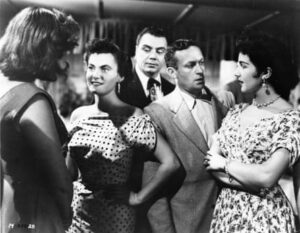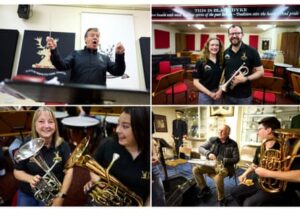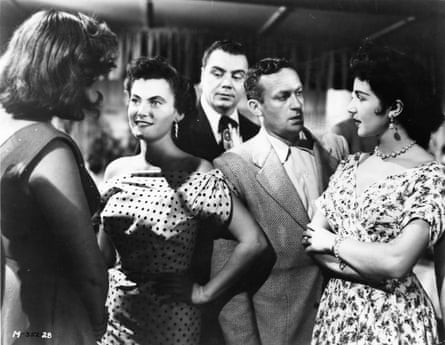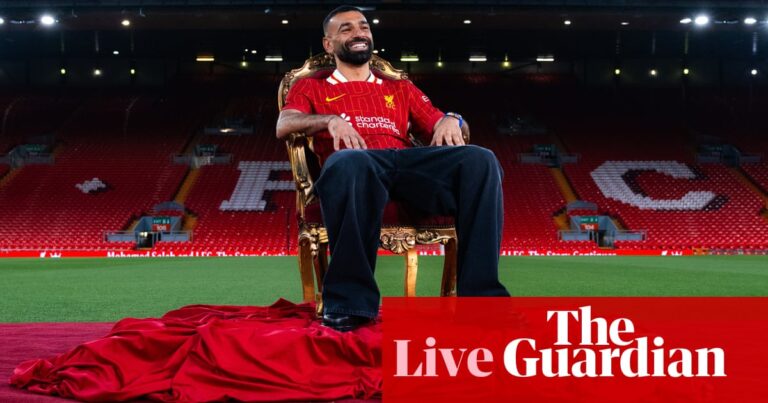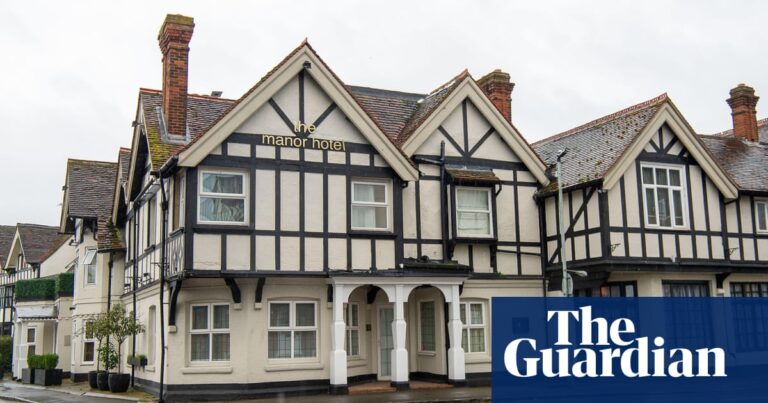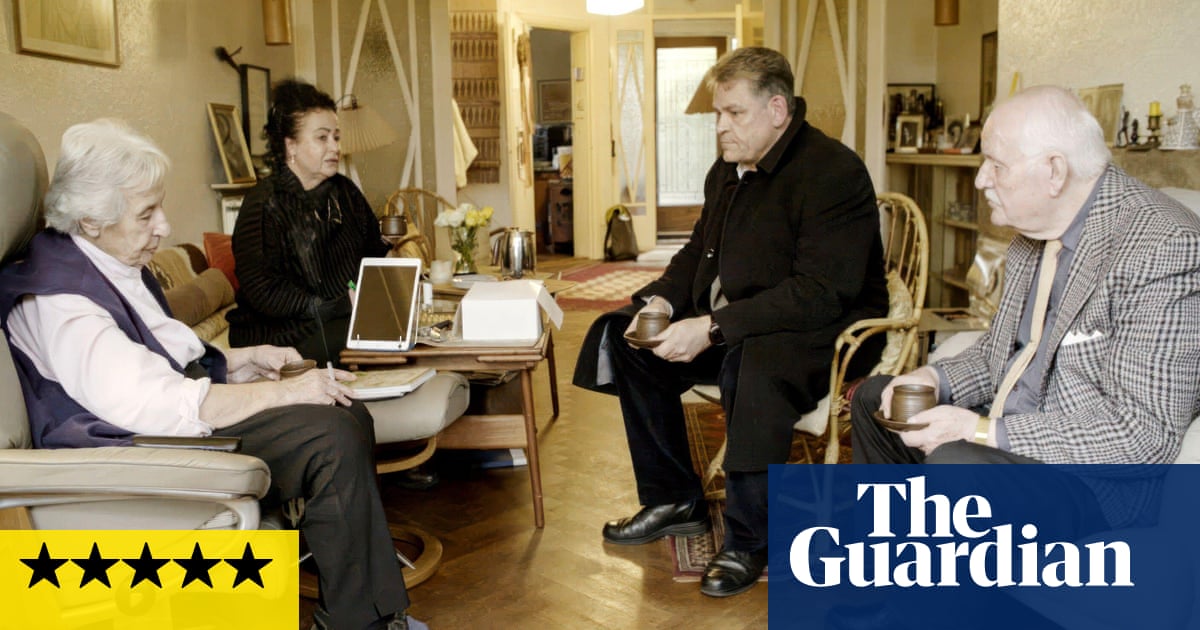
The first shock delivered by this engrossing documentary is probably the queasy jolt of recognition. Hans Jürgen Höss, the now elderly son of the Nazi Auschwitz commandant Rudolf Höss (who was executed in 1947), is taken to see his childhood home: the wartime house with its “paradise flower garden” just next to the camp, where the Höss family lived their grotesquely placid and innocent existence, all unaware – or so they said – of what was going on just over the wall. This is the house and garden re-created in detailed replica not far from the original site by film-maker Jonathan Glazer and production designer Chris Oddy for the chilling, Oscar-winning film The Zone of Interest; for those who have seen that film there is a bizarre, intestinal shock in seeing the house again, like a satanic sequel.
But this documentary is also interesting in its suggestions that their eerie obliviousness was part of a larger postwar position chosen by many Germans to minimise guilt-by-association and that this dysfunctional blindness, though a brilliant metaphor in the film, may not have been the exact literal truth, even for the children. No one here is asked if they’ve seen The Zone of Interest, incidentally, but the phrase is used a couple of times in the introductory titles and the film undoubtedly casts its own shadow.
Film-maker Daniela Volker speaks to Hans Jürgen and to his son, Kai Höss, who is now a Christian pastor living in southern Germany working a good deal with US military personnel; his English accent slips into an American Bible-belt twang when speaking from the pulpit. Remarkably, the London-based Holocaust survivor Anita Lasker-Wallfisch agreed to meet the two men in her own home, in the presence of her daughter Maya. Both men are quiet and thoughtful and full of contrition, and it was clearly in some ways a healing encounter; Lasker-Wallfisch calls it “beautiful”. It is very different, for example, to a scene in the Oscar-winning 1998 documentary The Last Days, which brought together Nazi doctor Hans Münch and the sister of an Auschwitz survivor; Münch, so far from providing healing or closure, becomes chillingly evasive and irritable when she presses him on details.
after newsletter promotion
Then there is Hans Jürgen’s sister, Inge-Brigitt “Püppi” Höss, a former fashion model, to whom Hans Jürgen pays a visit in front of the cameras at her house near Washington DC. (She died after filming, in October 2023.) There is a terrible and unintended nausea in seeing Hans Jürgen playfully show up with his “Frog King” crown, this being the childhood game they used to play in the Auschwitz garden. Püppi has no interest in confronting the past and is dismissive of the subject. Hans Jürgen’s other surviving sister Annegret is not interviewed, presumably because she was only a baby during the war with no memories of her own – although she may well have interesting memories of her mother, Hedwig, Rudolf’s widow and what she said about everything before her death in 1989. Also not interviewed is Kai’s now-discredited brother Rainer Höss, who has been convicted of fraud and exploiting historical interest in his family.
The film asks sombre questions about how trauma and pain are passed down the generations and paints an intriguing picture of Lasker-Wallfisch’s daughter Maya, now a therapist and deeply affected by this issue. Where Maya is emotional, her mother is tough and unsentimental, perhaps the very qualities which helped her to survive for decades after the war: she appears here vividly healthy and alert in her late 90s. Lasker-Wallfisch says she found it “difficult to sympathise or empathise” with her daughter, so she may have had mixed feelings when she heard that Maya wanted to get her German passport and actually live in Germany; perhaps, as she says, to reclaim the past, but perhaps also, in some complicated way to reclaim her right to confront something of which she had no direct knowledge, or even to escape her mother.
Perhaps that final meeting in Lasker-Wallfisch’s front room does not offer closure. Nothing could. An amazing and dramatic historical tableau nonetheless.
Source: theguardian.com


